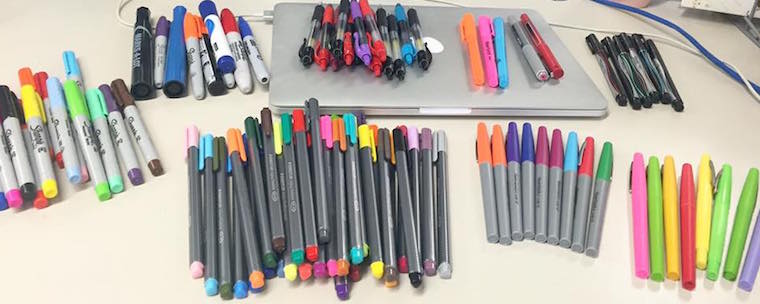For the last couple of years, we've shared what Facebook's Chief Operating Officer Sheryl Sandberg has continuously told Wall Street will be the key to the company's growth and long-term success. On Wednesday (4/27/2016), she said it this way:
“Small businesses are a very core competitive advantage for us.”
Beginning in November 2013 (when we started listening to her explain the company's small business strategy), Sandberg has consistently told analysts that the company had to narrow the gap between the number of small businesses who sign up for Facebook pages and the number of those businesses that advertise on the site. On Wednesday, the company announced higher than expected quarterly profits and, once more, Sandberg attributed the success to carrying out the plan announced over two years ago.
Growing the number of businesses that advertise
The following numbers demonstrate Facebook's ability to grow the number of small businesses that advertise on the social network.
November 2013 | 20 million business pages (mostly small businesses)
November 2013 | 1 million advertisers
(SmallBusiness.com)
February 2015 | 30 million business pages (mostly small businesses)
February 2015 | 2 million advertisers
(SmallBusiness.com)
April 2016 | 50 million business pages (mostly small businesses)
April 2016 | 3 million advertisers
Mobile advertising means small business advertising
When Facebook talks about mobile advertising revenues serving as the foundation of its dramatic upswing in revenues, you can translate the word “mobile” into the word “local” and the word “local” into the phrase “small business.” While it's obvious that large companies are also spending huge amounts of advertising dollars with Facebook, the company's breakthrough revenue source of the past two years has been its ability to grow advertising by local merchants, restaurants and other types of local establishments that depend on what Google calls, “micro-moment” decisions. Owning the golden goose that makes ads appear on a smartphone when its user is a few feet away from a business has belonged exclusively to Google Search and Google Maps. Apparently, Facebook has now cracked the code, as well.
Some keys to Facebook's success with small business
- Facebook's mobile ads are in-your-face-in the middle of the stream of content where people see cat videos shared by their friends. There is no missing them.
- Facebook took away a small business's ability to reach its own subscribers without advertising.
- Improved algorithms mean more-and-more relevancy in ads where the user is, and what the user needs at the exact moment they look at their phones.
- Facebook is investing heavily in educating small businesses how to use their advertising features by sending out teams who run conferences. Their online guides are also among the best of any such resources developed for small business users.
- The ads use the pay-per-click payment model, a method Google has taught small business advertisers to understand as a better value than other forms of advertising that don't require such engagement on the part of potential customers. (A click is “engagement” while an “impression” is not.)
- For certain types of service-oriented small businesses, a location may be less important than building long-term relationships with customers in other ways. Not to worry. Facebook is now offering small businesses the opportunity to upload a contact list to Facebook and bounce those names against the social network's database, enabling you to purchase ads right in the news stream of your prospect's Facebook account.
Image: Facebook.com

















